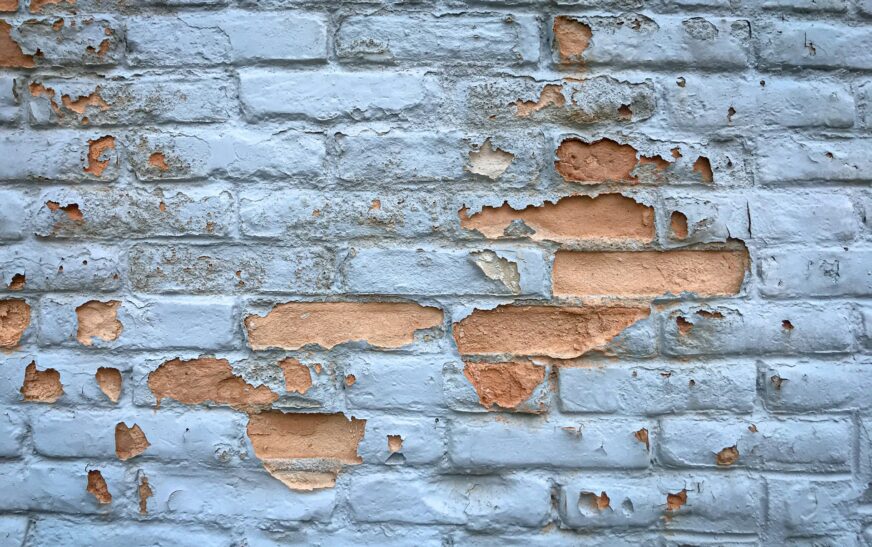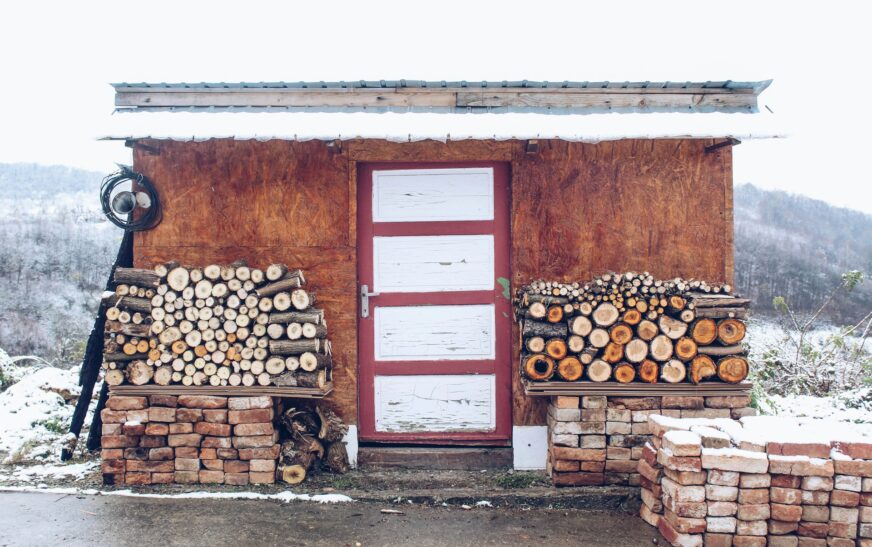Brick is stubborn. Porous, textured, and impressively absorbent, it doesn’t exactly play nice with latex paint. When latex—designed to stick—meets brick, the result can be visually jarring and surprisingly tricky to reverse. Whether you’re dealing with a DIY mishap from years ago or accidental splashes during a remodel, removing paint from brick takes patience, precision, and a bit of elbow grease.
But don’t panic! With the right approach, your brick can shine in its natural glory again—without compromising its structural integrity or charm.
Understanding the Challenge
Latex paint is water-soluble when wet but becomes tough and flexible once dry. Brick, on the other hand, is rough, porous, and basically a sponge. Paint doesn’t just sit on top—it sinks into every crevice. That’s why removing it isn’t as simple as scrubbing with a sponge and some elbow grease.
Before you start, take stock:
- How many layers of paint are on the brick?
- Was the brick sealed before painting?
- Is it indoors or outdoors?
- What’s the condition of the masonry?
Your answers will guide which removal method works best.
1. Start with a Gentle Scrape and Scrub
If the paint is flaking or loosely adhered, a bit of manual effort goes a long way.
Tools you’ll need:
- Stiff-bristle brush (skip the wire brushes!)
- Plastic paint scraper
- Bucket of warm water and mild detergent
How to do it:
- Use the scraper to lift any loose paint.
- Scrub gently with the soapy solution.
This is the least invasive method—perfect for superficial paint or prepping for stronger treatments.
Pro tip: Avoid metal brushes or harsh scrapers—they can gouge the brick or loosen mortar.
2. Paint Strippers Designed for Masonry
For older or stubborn paint, chemical strippers can do the heavy lifting. But not all strippers are brick-friendly—some can damage porous surfaces.
Choose one that’s:
- Non-caustic
- Biodegradable (if outdoors)
- Made for porous materials
Application tips:
- Apply a thick layer with a brush or roller.
- Let it sit per instructions (usually several hours).
- Scrub with a brush and warm water afterward.
Multiple passes may be necessary for paint that’s been baked into the brick over the years.
3. Peel-Away Systems for Multi-Layered Paint
Got bricks with multiple paint coats? Peel-away systems are lifesavers.
- Apply a paste, cover with the included paper sheet.
- Wait the recommended time.
- Peel the sheet away—it lifts layers of paint with it.
This works especially well on intricate brickwork, minimizing mechanical damage.
4. Power Washing – With Caution
For exterior bricks only, a pressure washer can flush softened paint out of pores—but it comes with risks.
Potential issues:
- Dislodged mortar
- Etched or damaged soft bricks
- Water forced deep into walls
If you try it:
- Keep PSI under 1500
- Use a fan tip, not a needlepoint nozzle
- Test a small, inconspicuous area first
5. Natural Alternatives for Light Jobs
Small patches or indoor areas with limited ventilation? Try:
- White vinegar (slightly acidic)
- Baking soda paste (mild abrasive)
- Citrus-based paint removers
Less aggressive than chemical strippers, these options are safer and eco-friendly.
Read More : What Colour Paint Goes With Red Brick?
6. Aftercare and Surface Conditioning
Once the paint is gone, take a look at your brick. If it seems dry, chalky, or uneven:
- Rinse thoroughly with clean water
- Let it dry for at least 48 hours
- Optionally, apply a breathable masonry sealant (especially outdoors)
Sealing can prevent future stains, dirt absorption, or moisture damage—keeping your brick looking natural and healthy.
Latex paint may feel permanent, but with patience and the right approach, you can restore your brick’s natural beauty. Your brick—and your sanity—will thank you.










